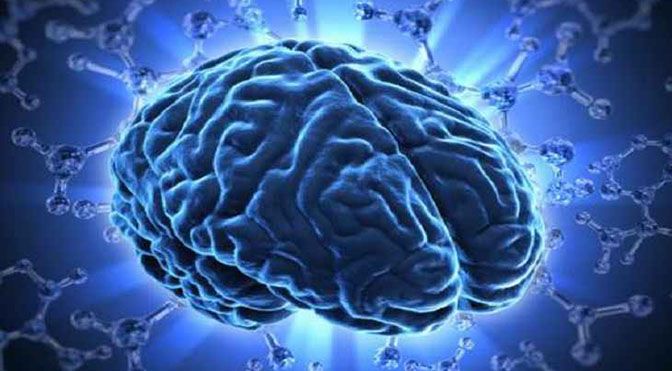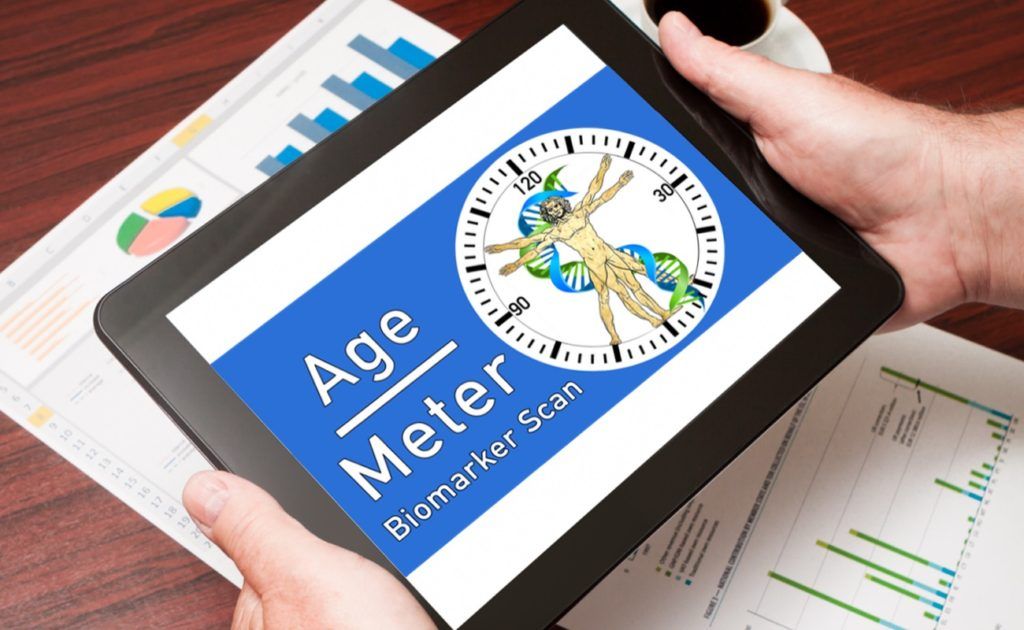Neuroscientist Moran Cerf has found people’s brain activity aligns when they’re in each other’s company. The finding can be used to maximize happiness.



Click on photo to start video.
“He learns to manage his image in the minds of others, and finds himself reflected, as in a mirror, through the interface of language and non-verbal communication […] The self is not unitary and separate from others; peopling occurs in the context of mutual-mental-modeling relationships, which continue to affect each person when he is alone…” sarah perry.

But if there is some kind of unifying computational principle governing our grey matter, what is it? Dr. Tsien has studied this for over a decade, and he believes he’s found the answer in something called the Theory of Connectivity.
“Many people have long speculated that there has to be a basic design principle from which intelligence originates and the brain evolves, like how the double helix of DNA and genetic codes are universal for every organism,” Tsien said. “We present evidence that the brain may operate on an amazingly simple mathematical logic.”
The Theory of Connectivity holds that a simple algorithm, called a power-of-two-based permutation taking the form of n=2i-1 can be used to explain the circuitry of the brain. To unpack the formula, let’s define a few key concepts from the theory of connectivity, specifically the idea of a neuronal clique. A neuronal clique is a group of neurons which “fire together” and cluster into functional connectivity motifs, or FCMs, which the brain uses to recognize specific patterns or ideas. One can liken it to branches on a tree, with the neuronal clique being the smallest unit of connectivity, a mere twig, which when combined with other cliques, link up to form an FCM. The more complex the idea being represented in the brain, the more convoluted the FCM. The n in n=2i-1 specifies the number of neuronal cliques that will fire in response to a given input, i.

Imagine a world in which you’re 90 years old and nowhere near middle-aged. An app on your phone has hacked your DNA code, so you know exactly when to go to the doctor to receive gene therapy to prevent all the diseases you don’t yet have. A microchip in your skin sends out a signal if you’re at risk of developing a wrinkle — so you step out of the sun and hotfoot it to your dermatologist. Every evening you sync your brain-mapping device with The Cloud, so even if you were caught up in a fatal accident you’d still be able to cheat death — every detail of your life would simply be downloaded to one of the perfect silicon versions you’d had made of yourself, ensuring you last until at least your 1,000th birthday.
This may sound like science fiction but it could be your fate — provided you can afford it. If current research develops into medicine, in the London of the future the super-rich won’t simply be able to buy the best things in life, they’ll be able to buy life itself by transforming themselves into a bio-engineered super-race, capable of living, if not forever, then for vastly longer than the current UK life expectancy of 81 years.
The science of turning back the clock has never been more advanced. In Boston, a drug capable of reversing half a lifetime of ageing in mice is about to be tested on humans in a medical trial monitored by NASA. NMN is a compound found naturally in broccoli which boosts levels of NAD, a protein involved in energy production that depletes as we get older. Professor David Sinclair, who headed up the initial research at Australia’s University of New South Wales, doses himself with 500mg daily, and claims that he has already become more youthful. According to blood tests analysing the state of the 48-year-old’s cells, prior to taking the pills Sinclair was in the same physical shape as a 57-year-old, but now he’s ‘31.4’.
We will need to tap into our brains and enter the era of neuroreality if we want to reach the next level of truly immersive worlds.

Scientists at Albert Einstein College of Medicine have found that stem cells in the brain’s hypothalamus govern how fast aging occurs in the body. The finding, made in mice, could lead to new strategies for warding off age-related diseases and extending lifespan. The paper was published online today in Nature.
The hypothalamus was known to regulate important processes including growth, development, reproduction and metabolism. In a 2013 Nature paper, Einstein researchers made the surprising finding that the hypothalamus also regulates aging throughout the body. Now, the scientists have pinpointed the cells in the hypothalamus that control aging: a tiny population of adult neural stem cells, which were known to be responsible for forming new brain neurons.
“Our research shows that the number of hypothalamic neural stem cells naturally declines over the life of the animal, and this decline accelerates aging,” says senior author Dongsheng Cai, M.D., Ph.D., (professor of molecular pharmacology at Einstein. “But we also found that the effects of this loss are not irreversible. By replenishing these stem cells or the molecules they produce, it’s possible to slow and even reverse various aspects of aging throughout the body.”

Cory Doctorow has made several careers out of thinking about the future, as a journalist and co-editor of Boing Boing, an activist with strong ties to the Creative Commons movement and the right-to-privacy movement, and an author of novels that largely revolve around the ways changing technology changes society. From his debut novel, Down And Out In The Magic Kingdom (about rival groups of Walt Disney World designers in a post-scarcity society where social currency determines personal value), to his most acclaimed, Little Brother (about a teenage gamer fighting the Department of Homeland Security), his books tend to be high-tech and high-concept, but more about how people interface with technologies that feel just a few years into the future.
But they also tend to address current social issues head-on. Doctorow’s latest novel, Walkaway, is largely about people who respond to the financial disparity between the ultra-rich and the 99 percent by walking away and building their own networked micro-societies in abandoned areas. Frightened of losing control over society, the 1 percent wages full-on war against the “walkaways,” especially after they develop a process that can digitize individual human brains, essentially uploading them to machines and making them immortal. When I talked to Doctorow about the book and the technology behind it, we started with how feasible any of this might be someday, but wound up getting deep into the questions of how to change society, whether people are fundamentally good, and the balance between fighting a surveillance state and streaming everything to protect ourselves from government overreach.

Chronological age has been typically used as a way to gauge how someone is aging, however this is a poor measure indeed. People tend to age at different rates due to a variety of reasons, environment, diet, diseases in earlier life, stress, exercise and lifestyle all play a role in how a person ages.
Clearly a better way to measure aging is needed if we are to accurately assess how someone is aging for the purposes of health monitoring and research. One way to do this is to use functional aging as a way to determine how someone is aging.
Functional aging is defined as a combination of the chronological, physiological, mental, and emotional ages of a person that give an overall measure of their rate of aging.